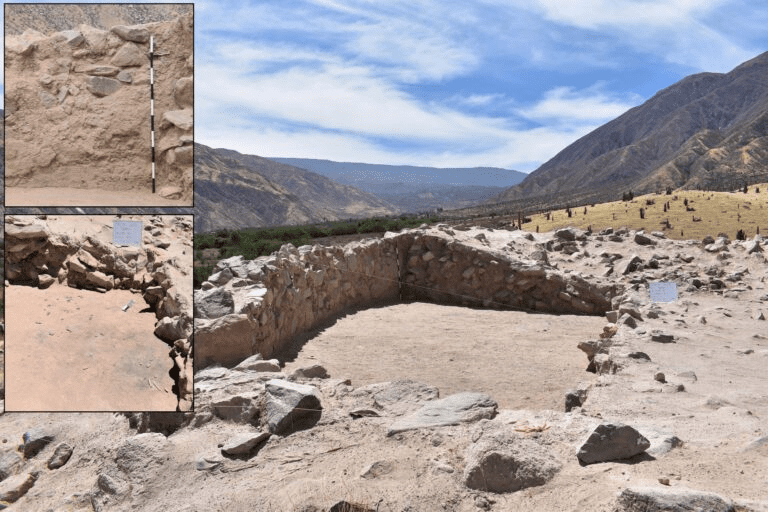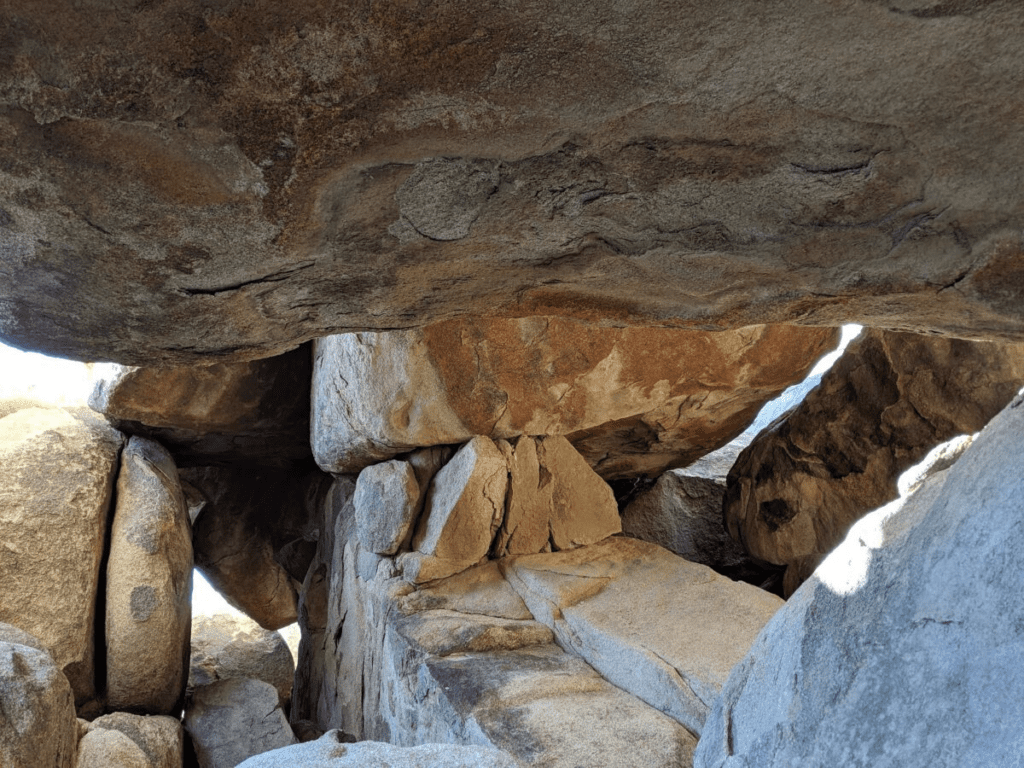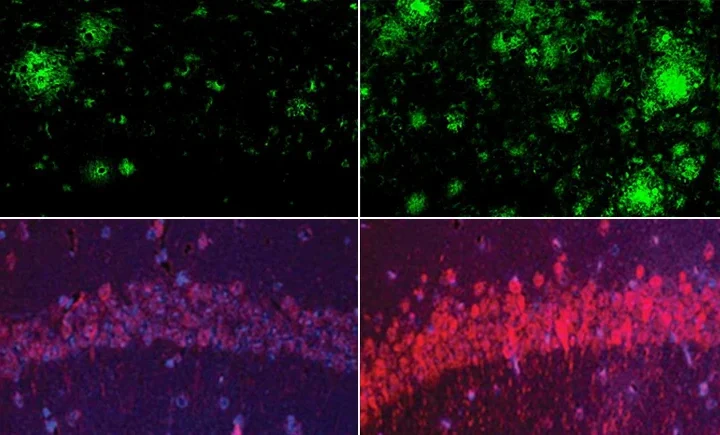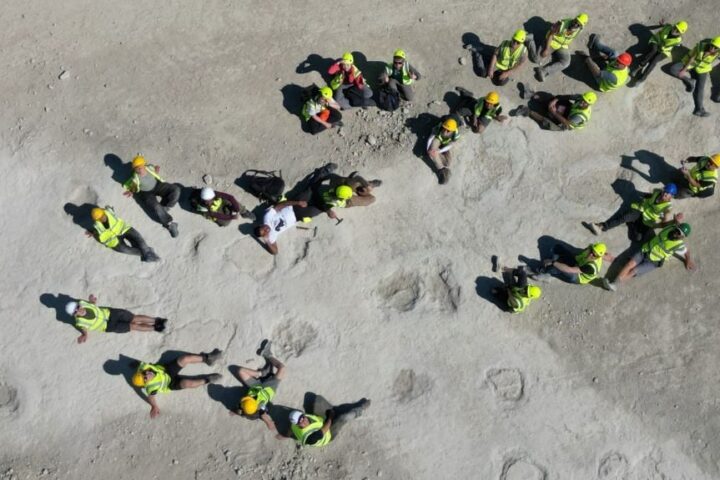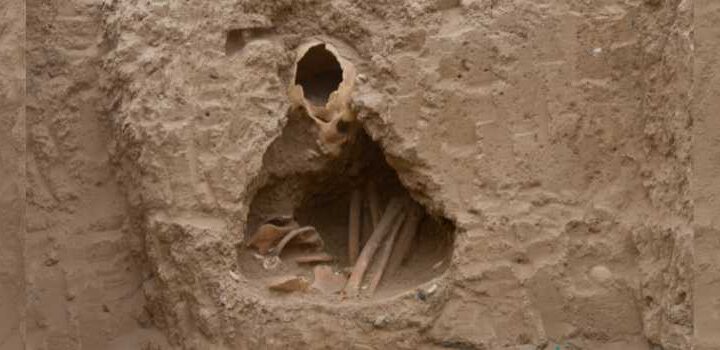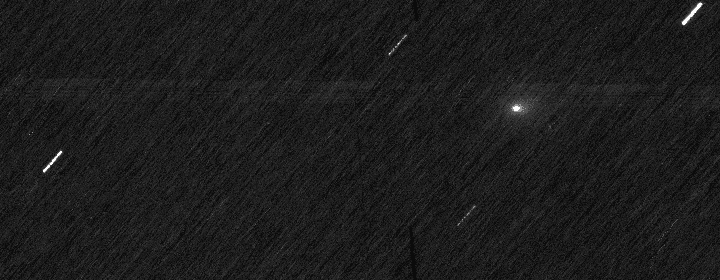Archaeologists have discovered a Wari ritual complex in south of Peru that predates 1,200 years back. The discovered complex boasts a D-shaped temple built on top of a platform and was situated in Pakaytambo, a place 600 km southeast of Lima. The ancient Wari civilisation controlled most part of modern day Peru from AD600 to AD1000, i.e. much before the Inca.
The research was headed by David Reid from the University of Illinois in Chicago. They used satellite imagery to figure out the temple. The excavation, photogrammetry and drones were later brought into use to study the site and create 3D models of the remains. Reid mentioned that the temple and the adjacent buildings would have been used by local communities to carry out Wari-sponsored ritual gatherings. He also stated that the temple was even used for political purposes and not just for religious purposes.
- Earth quasi-moon 2025 PN7 confirmed: tiny rock may linger ~60 years, with kilometer range and size band inside
- Musk’s “Sean Dummy” jab lands as $2.9B Artemis lander opens to rivals after 11th Starship test
- Covid Inquiry: Johnson Says Rules “Probably Went Too Far” As 40% Of Predicted 2020 Grades Were Cut
- First American insect extinction proven by 93-year-old specimen DNA, restoration begins after 83 years
- Delta ends Midland–Austin in November; loads under 60% — date and options
Pakaytambo will now add to the 30 known Wari D-shaped temple complexes that are spread across Peru. The Wari included people into their empire by sharing religious beliefs which also facilitated large-scale ceremonial events hosted by Wari elites.
